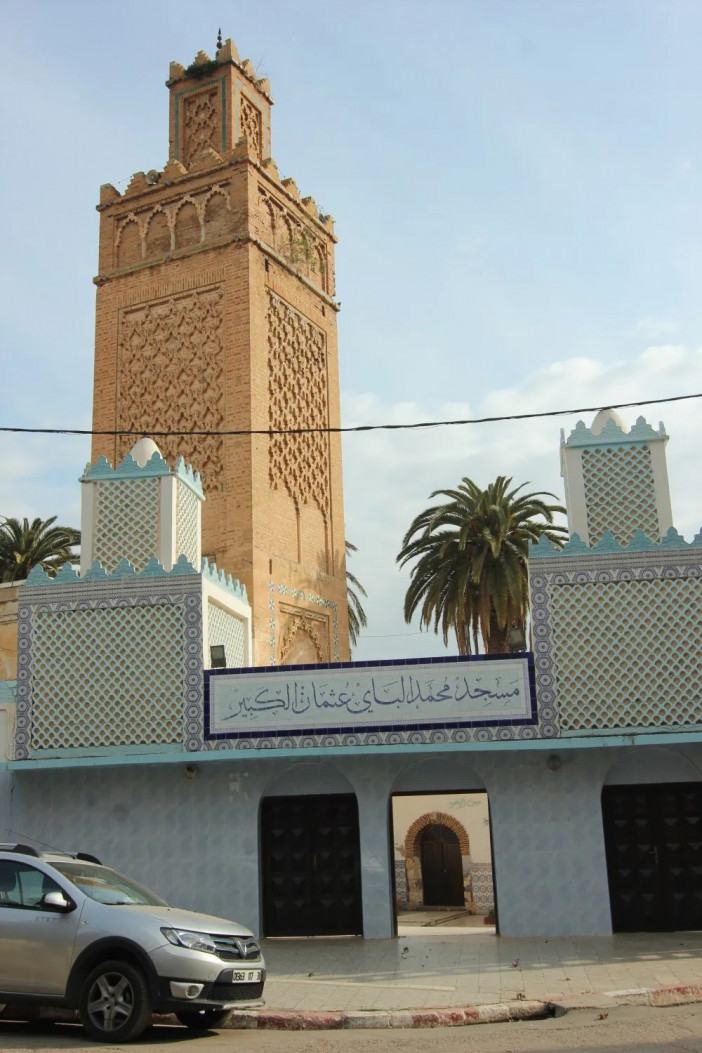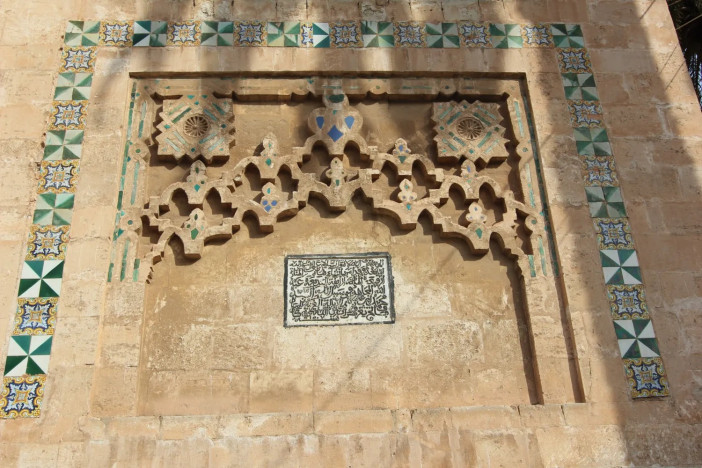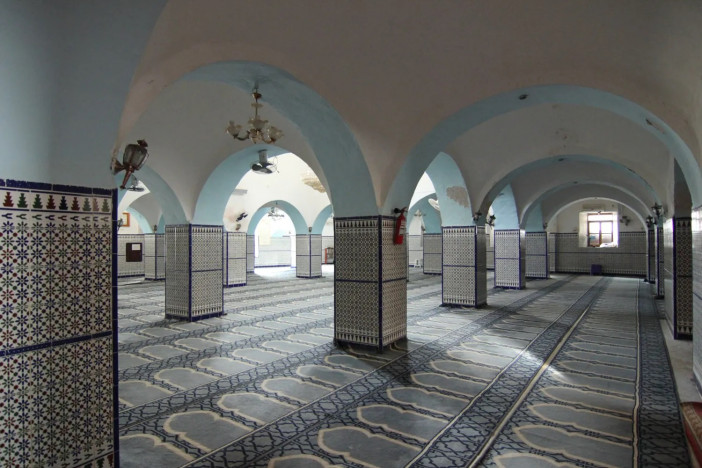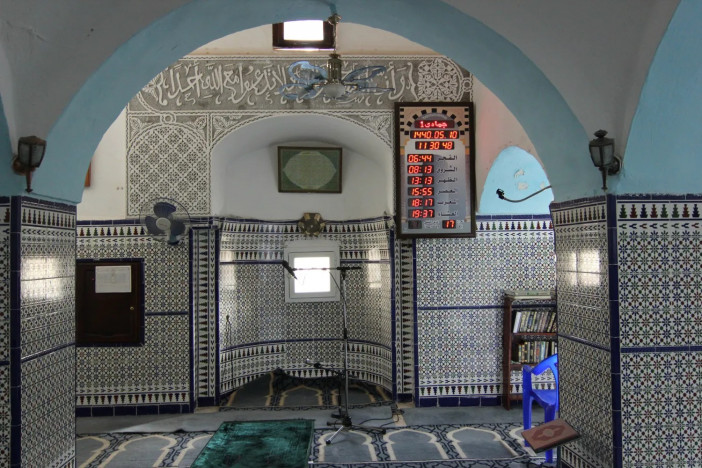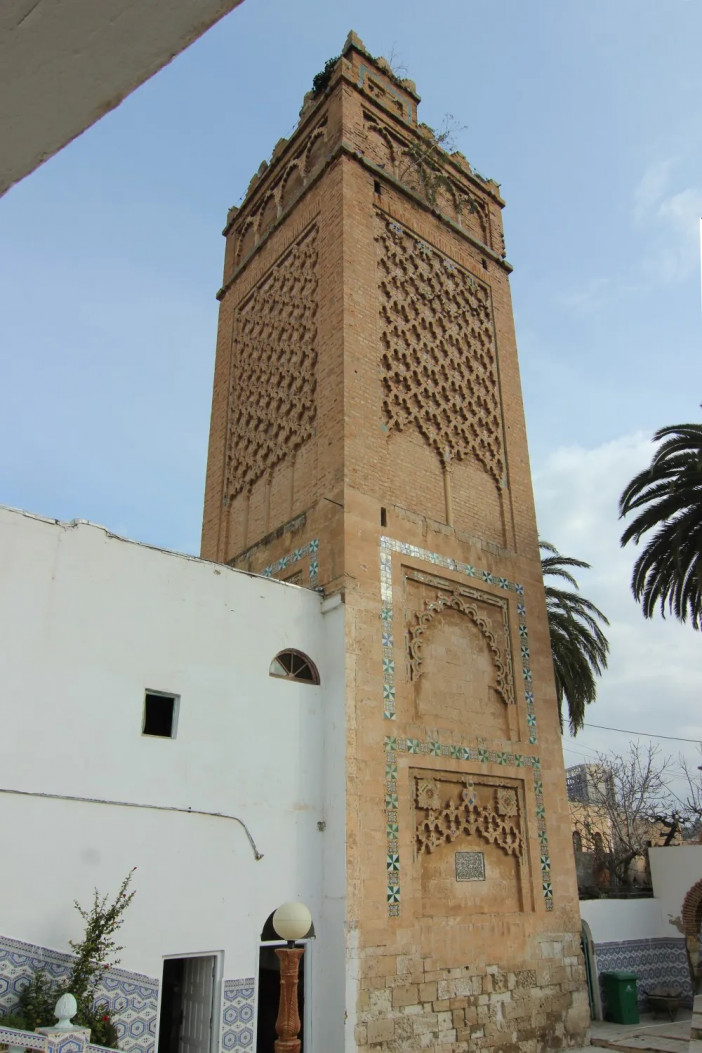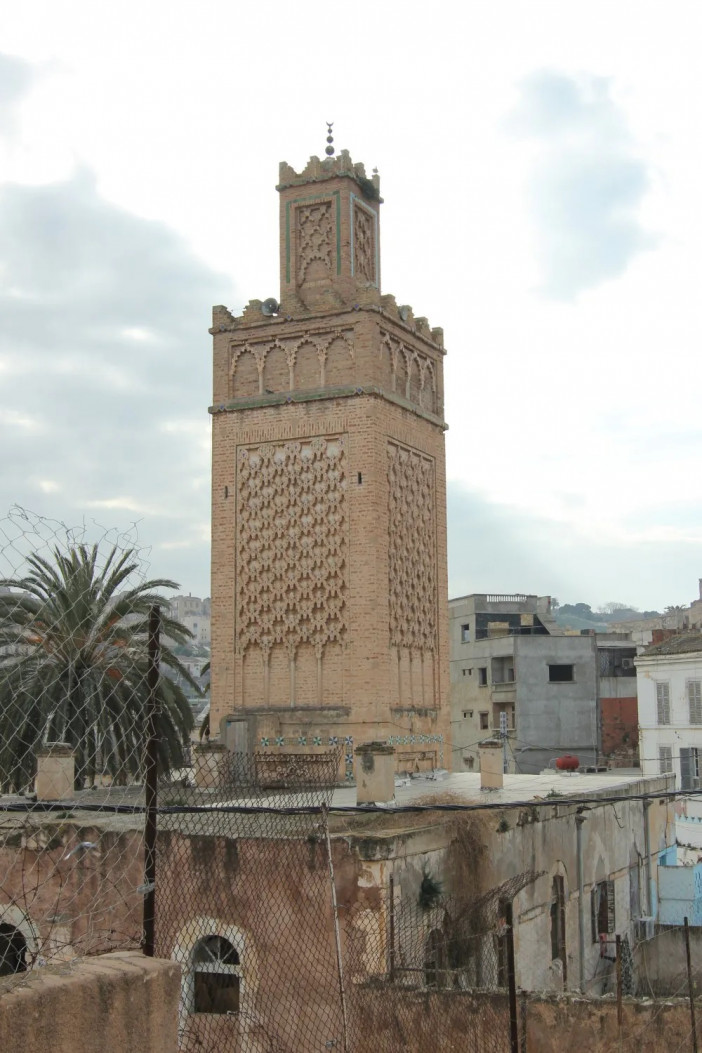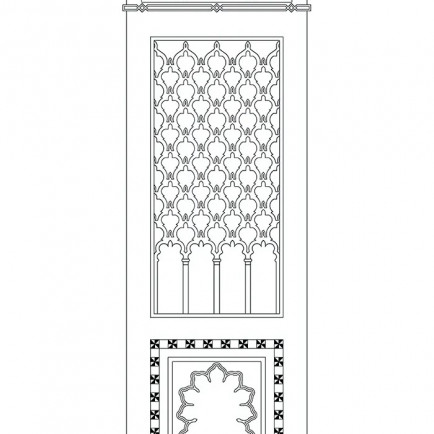Sidi El Houari Mosque
History
The Imam el-Houari Mosque, also known as the Mosque of Bey Mohamed Othman El-Kébir, is a mosque in Oran named after the patron saint of the city. It was built in 1799, as attested by an incomplete inscription, by order of the Bey Mohammed Ben Othmane. It was built in the heart of the historic Oranese district of Sidi El-Houari.
Urban and Architectural
Only the 1793-era minaret of this mosque has been preserved. The year of the minaret's construction and the name of its creator are listed in an inscription on a marble table set into the structure's base.
This mosque was given to the military at the start of the French occupation, who utilized it as a hospital. Its prayer hall was reconstructed once it was returned to the Muslim community, although it didn't have anything special to offer. On the other hand, the majority of the embellishments on its square-based minaret have survived. It has elements that are reminiscent of the diamond-patterned minarets found on several of Tlemcen's historic mosques.
The design is shaped like a trilobed arch and rests on two arches on the north and south sides of the minaret. The design has a lambrequin arch shape on its east and west sides, and it is supported by four arches. The tower does fall under this category of minarets, along with the Agadir Minaret in Tlemcen and Sidi Bu Medyan, where the two neighboring sides are ornamented differently.
Description
The Minaret du Campement was the name given to the minaret when it was classified as a historic monument in 1889. The mosque was renamed Mohammed Bey Othman El Kebir upon independence. But it retained the name of Sidi al-Houari, the revered patron saint of Oran, who passed away there in 1439 and whose grave is about 200 meters away from this mosque.
References
https://www.archnet.org/sites/10567
https://fr.wikipedia.org/wiki/Mosqu%C3%A9e_Imam_el-Houari
https://earth.google.com/web/search/Sidi+El+Houari+Mosque/@35.7046585,-0.65451652,49.03718817a,115.56747378d,35y,359.99878759h,0t,0r/data=Co8BGmUSXwokMHhkN2U4OGU2NmI2ZjYxZTE6MHg1ZmI3MDYyOTZjY2Q5NDZmGTlmNE0z2kFAISxOENDY8uS_KiVNb3NxdcOpZSBNb3VoYW1tZWQgQmV5IE90aG1hbiBFbGthYmlyGAMgASImCiQJdmwFc6XpQUAR4z5saYfoQUAZwmpKna0yE0AhRoQHOpUeE0A
Details
الموقع
P83W+V59 Mosquée Mouhammed Bey Othman Elkabir, Oran, Algeria
عدد المصليين
350
المالك / المتبرع
Mohammed el Kebir
المعماري
تاريخ البناء
1793
Area
700
الرسومات المعمارية
الخريطة
History
The Imam el-Houari Mosque, also known as the Mosque of Bey Mohamed Othman El-Kébir, is a mosque in Oran named after the patron saint of the city. It was built in 1799, as attested by an incomplete inscription, by order of the Bey Mohammed Ben Othmane. It was built in the heart of the historic Oranese district of Sidi El-Houari.
Urban and Architectural
Only the 1793-era minaret of this mosque has been preserved. The year of the minaret's construction and the name of its creator are listed in an inscription on a marble table set into the structure's base.
This mosque was given to the military at the start of the French occupation, who utilized it as a hospital. Its prayer hall was reconstructed once it was returned to the Muslim community, although it didn't have anything special to offer. On the other hand, the majority of the embellishments on its square-based minaret have survived. It has elements that are reminiscent of the diamond-patterned minarets found on several of Tlemcen's historic mosques.
The design is shaped like a trilobed arch and rests on two arches on the north and south sides of the minaret. The design has a lambrequin arch shape on its east and west sides, and it is supported by four arches. The tower does fall under this category of minarets, along with the Agadir Minaret in Tlemcen and Sidi Bu Medyan, where the two neighboring sides are ornamented differently.
Description
The Minaret du Campement was the name given to the minaret when it was classified as a historic monument in 1889. The mosque was renamed Mohammed Bey Othman El Kebir upon independence. But it retained the name of Sidi al-Houari, the revered patron saint of Oran, who passed away there in 1439 and whose grave is about 200 meters away from this mosque.


